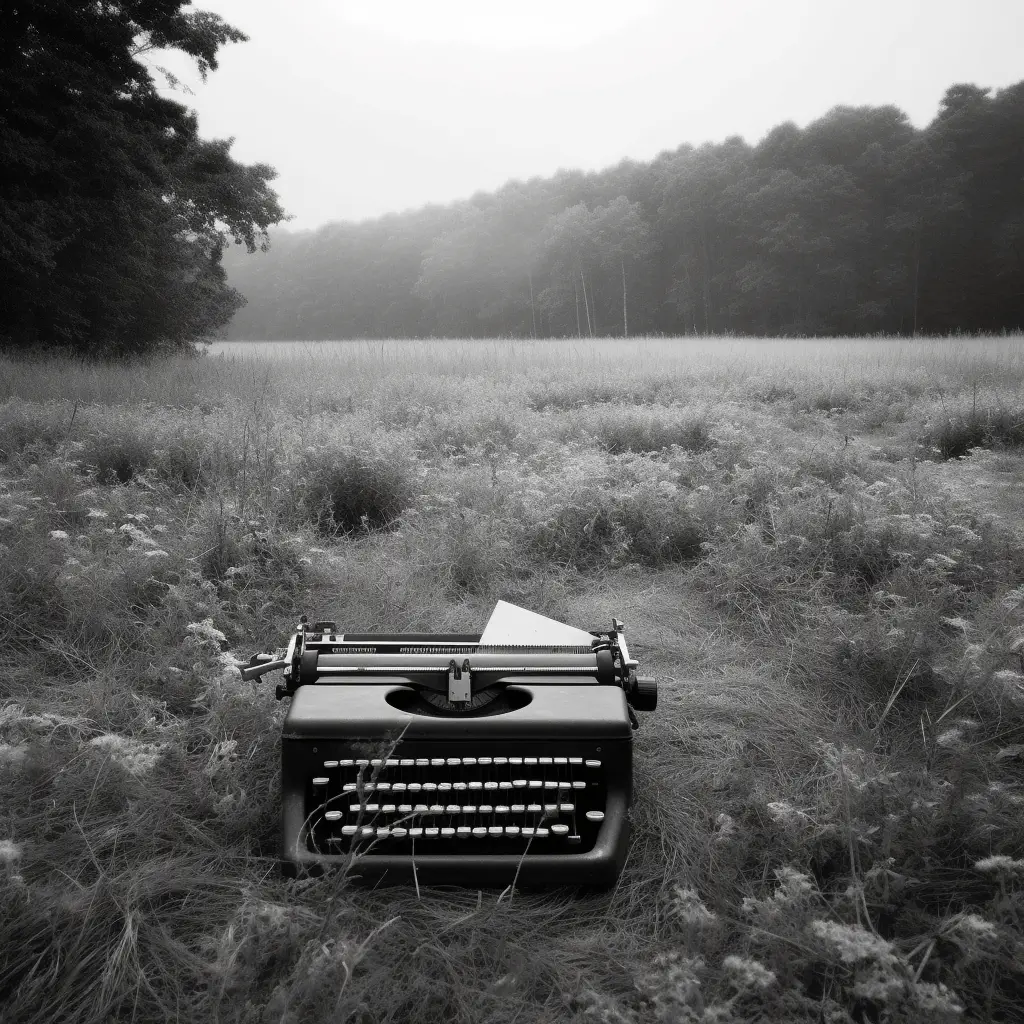
In writing, a foil is a character who contrasts with the main character to give a better understanding of the main character’s traits. It’s kind of like a sidekick, but in poetry terms. Plus, it makes for a witty rhyme if you do it right. A few modern examples are Dr. Seuss’ Thing 1 and Thing 2, or Hamilton’s Marius and Enjolras.
Foil in Writing: The Role and Importance
Just like salt brings out the flavors in a dish, foil characters in writing bring out the traits of the main character. They serve as a mirror, a sounding board, or a contrast that highlights the protagonist’s qualities. By showing how different the two characters are, readers get a better grasp on what makes the main character unique and interesting.
Creating Foils: Tips and Tricks for Writers
Designing a foil character might sound like an easy task, but it takes some creative thinking to make it work. Here are some handy tips for writers who want to incorporate foils into their stories:
Keep Them Relevant
A good foil doesn’t just contrast with the main character; they also play a significant role in the plot. Make sure the foil’s presence is essential to the story and not just there to make the main character look good.
Make Them Multidimensional
While foils exist to emphasize the protagonist’s traits, they shouldn’t be flat or one-dimensional. Give them their own story, personality, and motivations to create a more engaging and believable character.
Play with Expectations
Sometimes, the best foils are the ones that break stereotypes or challenge readers’ expectations. For instance, the foil of a strong, silent hero could be a talkative and gregarious sidekick. This unexpected contrast can add humor and depth to the story.
Literary Examples of Foil Characters
Foil characters have been a staple of literature for centuries. Here are some classic and modern examples that showcase the effective use of foil characters:
Sherlock Holmes and Dr. John Watson
In Sir Arthur Conan Doyle’s famous detective stories, Dr. John Watson serves as a foil to the brilliant Sherlock Holmes. Watson’s down-to-earth, practical approach contrasts with Holmes’ eccentric and analytical nature. This dynamic not only emphasizes Holmes’ genius but also provides a relatable perspective for readers.
Harry Potter and Draco Malfoy
In J.K. Rowling’s Harry Potter series, Draco Malfoy serves as a foil to the titular character, Harry Potter. While both characters come from similar backgrounds and attend the same school, their personalities and moral compasses couldn’t be more different. Malfoy’s arrogance and ambition highlight Harry’s humility and courage, making Harry’s journey even more inspiring.
Elizabeth Bennet and Caroline Bingley
In Jane Austen’s Pride and Prejudice, Caroline Bingley acts as a foil to the witty and independent Elizabeth Bennet. While both women are intelligent and accomplished, Caroline’s superficiality and snobbery make Elizabeth’s depth of character and genuine kindness shine even brighter.
Creating Your Own Foil Characters
Ready to try your hand at crafting foil characters? Here are some steps to help you get started:
- Identify the Main Character’s Traits: Before creating a foil, pinpoint the qualities you want to emphasize in your main character. These traits will guide you in designing the contrasting elements of the foil.
- Develop a Backstory: Give the foil a rich backstory that explains their contrasting traits and justifies their presence in the story. Remember, the foil should be a fully developed character in their own right.
- Integrate the Foil into the Plot: Make sure the foil plays a crucial role in the story, either by challenging the main character or by driving the plot forward.
- Use Dialogue and Interaction: To showcase the contrast between the main character and the foil, include scenes where they interact and express their differing perspectives.
- Show Growth and Change: As the story progresses, allow both the main character and the foil to grow and change. This can lead to a deeper understanding of each character and a more satisfying resolution.
With these tips in mind, writers can create compelling and effective foil characters that add depth and dimension to their stories.
Examples of Foil Characters in Popular Culture
Foil characters are not limited to literature. They are also common in movies, TV shows, and other forms of entertainment. Here are some examples of foil characters in popular culture:
Batman and Robin
In the Batman comics and movies, Robin serves as a foil to the Dark Knight. While Batman is brooding, serious, and solitary, Robin is upbeat, playful, and sociable. This contrast not only highlights Batman’s stoic personality but also adds some levity and humor to the stories.
The Joker and Batman
In the same Batman universe, the Joker serves as a dark and twisted foil to Batman’s heroism. The Joker’s anarchic and nihilistic worldview stands in stark contrast to Batman’s sense of justice and order. This dynamic not only emphasizes the hero’s moral code but also creates a compelling and dramatic conflict.
Samwise Gamgee and Frodo Baggins
In J.R.R. Tolkien’s The Lord of the Rings, Samwise Gamgee serves as a loyal and supportive foil to Frodo Baggins. While Frodo is burdened with the task of destroying the Ring, Samwise is there to offer encouragement, practical advice, and emotional support. This contrast not only highlights Frodo’s bravery and determination but also adds a touching and heartwarming element to the story.
Ron Weasley and Hermione Granger
In J.K. Rowling’s Harry Potter series, Ron Weasley and Hermione Granger serve as foils to each other as well as to Harry Potter. While Hermione is book-smart, logical, and resourceful, Ron is more impulsive, emotional, and loyal. This dynamic not only highlights Harry’s leadership skills but also adds a layer of complexity and nuance to the supporting characters.
In Conclusion
Foil characters are a powerful tool in a writer’s toolkit. By creating a character who contrasts with the main character, writers can highlight their protagonist’s strengths, weaknesses, and unique qualities. Foils can also add depth, humor, and drama to a story and make it more engaging for readers. So, whether you’re writing a novel, a screenplay, or a comic book, don’t hesitate to experiment with foil characters and see how they can elevate your story to the next level.
If you’re thirsty for more writing knowledge, head over here to learn all 74 literary devices.





